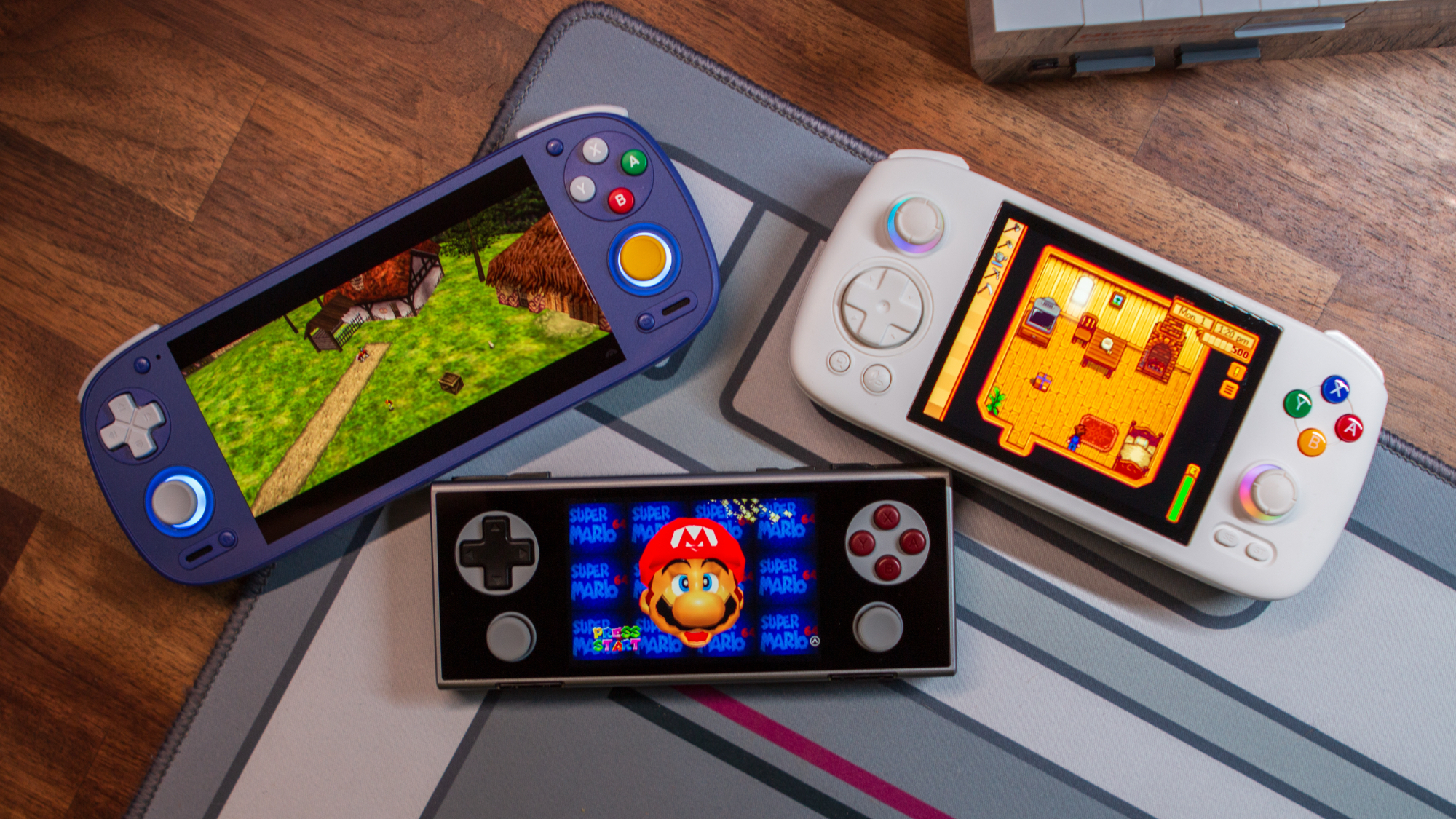Remembering the Pixel 4a and Pixel 5: Simple phones for complicated times
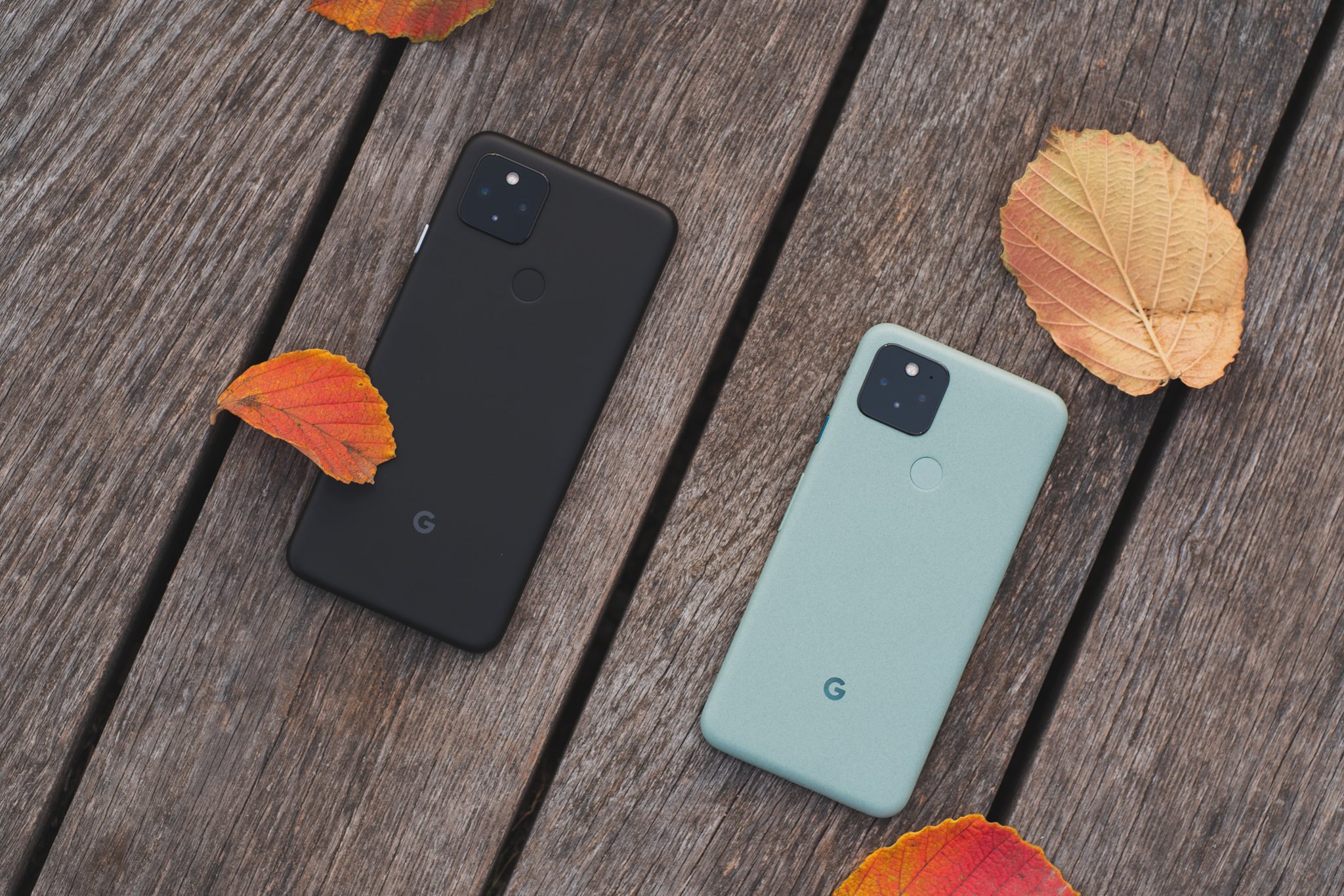
The Google Pixel 4 hadn't exactly been a runaway success. Sales figures are said to have disappointed — a reported 2 million units in six months — and by early 2020, Pixel General Manager Mario Queiroz and camera lead Marc Levoy had parted company with Google. Even Google hardware boss Rick Osterloh was reportedly unhappy with parts of the phones, including the Pixel 4's dismal battery life.
The stage was set for a soft reset of the Pixel series, and that's sort of what followed throughout the rest of that year.
Even before Covid-19 brought considerable social and economic upheaval, 2020 was already shaping up to be an "off" year for Pixel phones. The earliest Pixel 5 rumors pointed to a very different class of device compared to the eventual retail product. In January, Jon Prosser of FrontPageTech unveiled CAD renders of a supposed Pixel 5 XL, which sported a triple rear camera array as part of a uniquely oddball design.
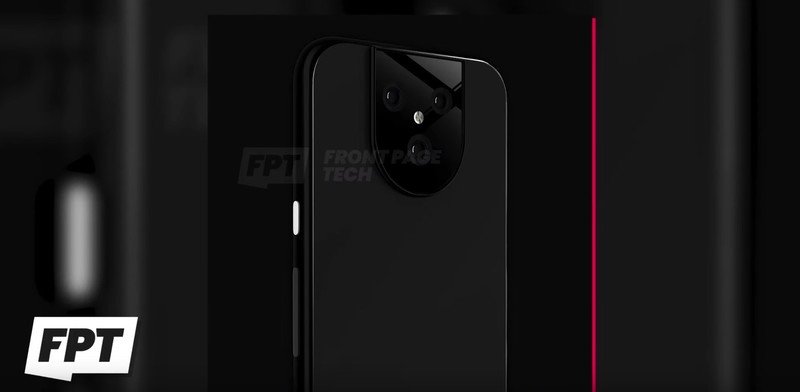
The Pixel 5 almost looked very, very different.
That device would never see the light of day, but AC understands that several designs were in contention for the Pixel 5, including models that would've been more akin to a traditional flagship smartphone. Ultimately these were abandoned in favor of a safer bet for the 2020 Pixels, ahead of the big Pixel 6 reset that'd follow in 2021.
Early on, Google was committed to using Qualcomm's Snapdragon 765G processor in its higher-end 2020 Pixels. References in Android's open-source code confirmed the existence of two devices codenamed "redfin" (Pixel 5) and "bramble" (Pixel 4a 5G) that would arrive running the chipset, which in terms of raw computational power lined up slightly behind a Pixel 3. (That's not an entirely fair comparison, however, due to the newer chipset's improved DSP and 5G connectivity.)
Before the Pixel 5 arrived, though, Google had to launch its second generation of mid-priced Pixels. The Pixel 3a series had impressed a year earlier with both standard and "XL" options, so it was surprising to see Google omit a larger-screened variant of the Pixel 4a.
That handset was originally scheduled to launch at the Google I/O conference in May 2020. However, I/O ended up being just one of many live events cancelled due to Covid-19. Besides, the pandemic had already disrupted the manufacturing of the Pixel 4a, as factories in east Asia struggled to meet demand.
Be an expert in 5 minutes
Get the latest news from Android Central, your trusted companion in the world of Android
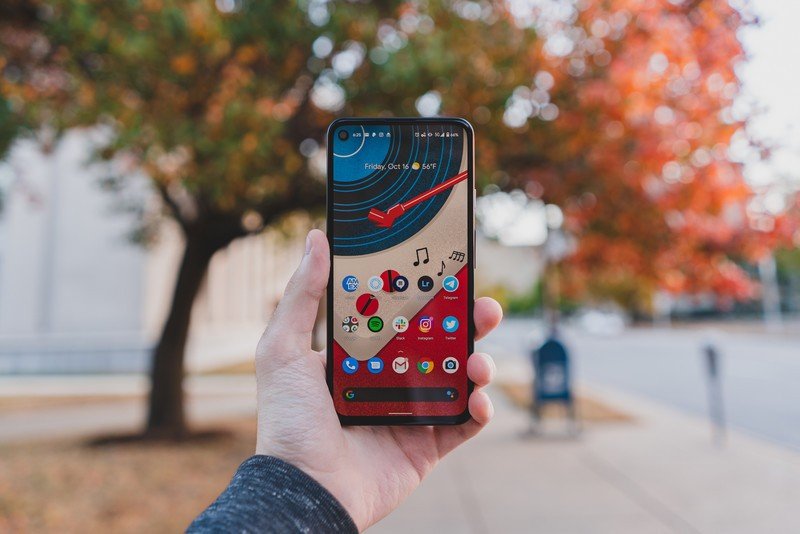
The Pixel 4a was delayed by Covid, but well worth the wait.
When the 4a eventually emerged in August 2020, it was hailed as one of the strongest Google phones to date. After leaning on hardware gimmicks with the Pixel 4, the 4a was a phone that didn't try to be flashy in any way. In fact, design-wise, it was almost painfully dull: Matte black plastic — a rumored white version didn't make it to market — in a compact pocket-friendly form factor. The Snapdragon 730 powering it had plenty of horsepower for a mid-range phone like this, being more or less a Snapdragon 765 without the 5G.
The Pixel 4a's greatest strength was its camera, though. For less than $400, this mid-ranger produced shots that could compete with phones at double its price point. And Google had finally banished the battery gremlins that had affected the past two generations of Pixel flagships, with reliable all-day battery life from the 4a.
The Pixel 4a served as the foundation for the high-end Google phone for 2020, the Pixel 5. With an almost identical footprint, design, and screen size, the two were easily confused from afar. The Pixel 5 boasted several key upgrades though, including a unique aluminium unibody coated in a bioresin finish that allowed for wireless charging. The higher-end model also got a smoother 90Hz display with uniform bezels — the only high-profile Android phone to date to match the symmetry of the iPhone.

The Pixel 5 was the most conservative Google 'flagship' yet.
Feature upgrades were more conservative, owing to the leaner processor and lack of Pixel Neural Core in the Pixel 5. The "hold for me" feature banished the tedium of waiting on hold listening to badly compressed music. And new video modes were introduced, to allow for smoother panning and more aggressive stabilization. But the Pixel continued to lag behind expensive flagships in videography and would continue to do so for another twelve months.
For $600, though, you couldn't really complain. Just like the Pixel 4a, the 5 was laser-targeted at a highly competitive price point. They weren't the very best Android phones, but they weren't trying to be.
Alongside its 2020 flagship, Google unveiled the Pixel 4a 5G, a kind of half-step upgrade between the 4a and its higher-end sibling. The 4a 5G had a larger screen than either model but otherwise was a downgrade from the 5 in a few key areas. The bizarre positioning of the Pixel 4a 5G likely had more to do with the necessities of shipping a cheap 5G phone in 2020 than Google actively pursuing a phone with a larger display. The plastic construction demanded a larger form factor in order for it to be durable, while the battery demands of millimeter-wave (mmW) 5G also contributed to the 4a 5G's extra heft.
The names of these phones were also somewhat confusing, on account of a last-minute branding switcheroo by Google. It's likely that the original "Pixel 5" branding was intended to be used for what became the Pixel 4a 5G, while our Pixel 5 at one point carried the name "Pixel 5s."
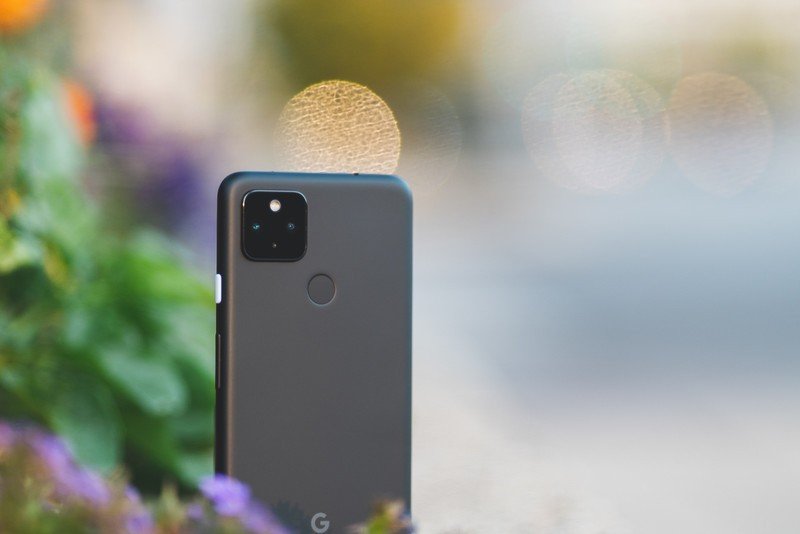
On one level, the Pixel 4a and Pixel 5 were two of the most boring phones Google had ever produced, But they were also among the best Pixels, precisely because the company wasn't showboating. Instead of offering radar-based gimmicks or overpriced hardware features, Google focused on the fundamentals. And as a result, these Pixels were simply solid, competitive all-round phones at a fair price.
These were fitting phones for a time when few people were traveling, and most of us were spending more time at home, many with less disposable income than in years past. Google's 2020 Pixels felt like the end of an era, and with the eventual emergence of Android 12 and the Pixel 6, that's exactly what they ended up being.
Have you listened to this week's Android Central Podcast?

Every week, the Android Central Podcast brings you the latest tech news, analysis and hot takes, with familiar co-hosts and special guests.

Alex was with Android Central for over a decade, producing written and video content for the site, and served as global Executive Editor from 2016 to 2022.
